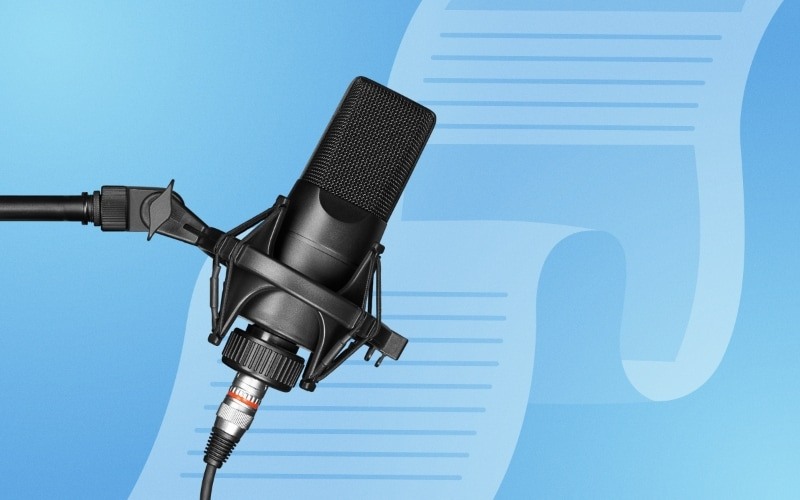Creative
Inspiration
Where do ideas come from? What fuels creativity? Does brainstorming really work?
For answers to these questions and more, I turned to Scott Hofert, founder and head leather smith of Charlotte’s ColsenKeane Leather. I met Scott when we were fellow speakers at TEDxCharlotte in 2017. Scott’s TEDx talk, titled “The Boredom and Creativity Kinship,” explored ways to harness the “What if?” questions that move us closer to meaning, if not answers. I loved Scott’s talk, so I was thrilled to visit him at ColsenKeane, surrounded by the fruits of his creative vision, nearly two years later.
I spoke with Scott about creativity, monotony and the special sauce that’s helped grow ColsenKeane from a one-man operation on a screened porch to a thriving business with four full-time leather smiths creating heirloom-quality pieces in a 5,600-square-foot studio.
How did working with your hands change you?
SH: It changed everything. I was 40 years old before I ever did anything with my hands, unlike my brothers, who can change their own oil and tackle plumbing and electrical issues.
I never thought leatherworking would evolve past my own enjoyment. I remember making that first leather piece. It felt meaningful. And, I realized I liked working with my hands. It was profound, really. Like waking up for the first time.
But it was also one of the most vulnerable things I ever did. When you make something and put it on a website, you share a piece of your soul. You open yourself to judgment. And you start to wonder, “What will my friends think? Will they like it?”
In your TEDx talk, you said that boredom can stimulate creativity. What did you mean by that?
SH: Many of us, myself included, are going so hard during the day that sometimes we have to amp it down a bit. That may mean binging on Netflix or enjoying a glass of wine or a meal with the people we care about. Those are all good, but something’s missing: monotony. And the really great ideas tend to come in the space of monotony, when you’re not doing anything at all.
That monotony, or boredom, can be the impetus for creativity. If we let it, monotony breeds things of consequence. What will you do when you have 15 minutes to kill? Will you try to get things done or scroll through your phone or will you just think?
If you don’t take time to think, you miss out on opportunities to discover what could be. Choosing not to entertain yourself is a hard thing to do, but it creates a space where ideas happen.
How does brainstorming support creativity?
SH: You say brainstorming. I say problem-solving. Some problems are easy enough for one person to fix and move on. Some problems are so complex they require multiple minds playing with them. Because somebody will say, “Remember when we faced that two years ago? We did this and it worked.”
Some mornings, I’ll come in with a couple of our leather smiths, and we’ll sit on benches in the shop and get into problem-solving mode together. Sometimes, a customer will want something totally custom, and we’ll have to figure it out. I may start by saying to my team, “I don’t know how to do this, but what do you guys think?” Twenty minutes later, an idea will emerge. That’s the power of thinking in a community. I’m a dad to two boys who are completely different humans, and the same thing’s true for any staff. Each person brings a different skill set and unique qualities to the table.
Brainstorming, or problem-solving, is also about capturing. Early in my career, I knew a guy who kept dozens of file cabinets, because he captured everything — all the concepts he thought might spur ideas later.
At ColsenKeane, we try to capture everything, too.
All the walls in our office are whiteboards. In meetings, we stand so we can write everything down and express all the ideas. We take pictures of the whiteboard and archive them, and I pull up those notes all the time. When you get a lot of people in a room, that’s a very expensive meeting, so you’d better be able to capture the ideas. Some of our team members’ ideas have been so good they’ve transformed the way we do things.
I’ve heard you talk about presence. Can you tell me about it?
SH: Some days, I get busy and find myself not tasting the coffee or hearing the rain as it hits my coat on my way into the building or enjoying the salad I have for lunch. Jumping on the trampoline with my kids and literally not being there. I get so consumed with where I’m going that I miss where I am. That’s not quality presence. And embracing presence is maybe one of the most transformative things for me these days. I try to look at my wife at dinner and hear what she’s saying. Look my boys in the eye. Smell the coffee and the leather. Walk into a space like my shop and recognize that I get to do this every day.
Presence is important in business, whether we’re making leather bags or blog posts or videos or websites. We can’t get so focused on completing the task that we miss what’s right in front of us. When that happens, the work suffers. Instead, we have to be willing to sit with problems. Take them in. Accept that it’s OK to not always have an answer right away.
Photos provided by ColsenKeane Leather
Photography by Lauren Rosenau Photography

